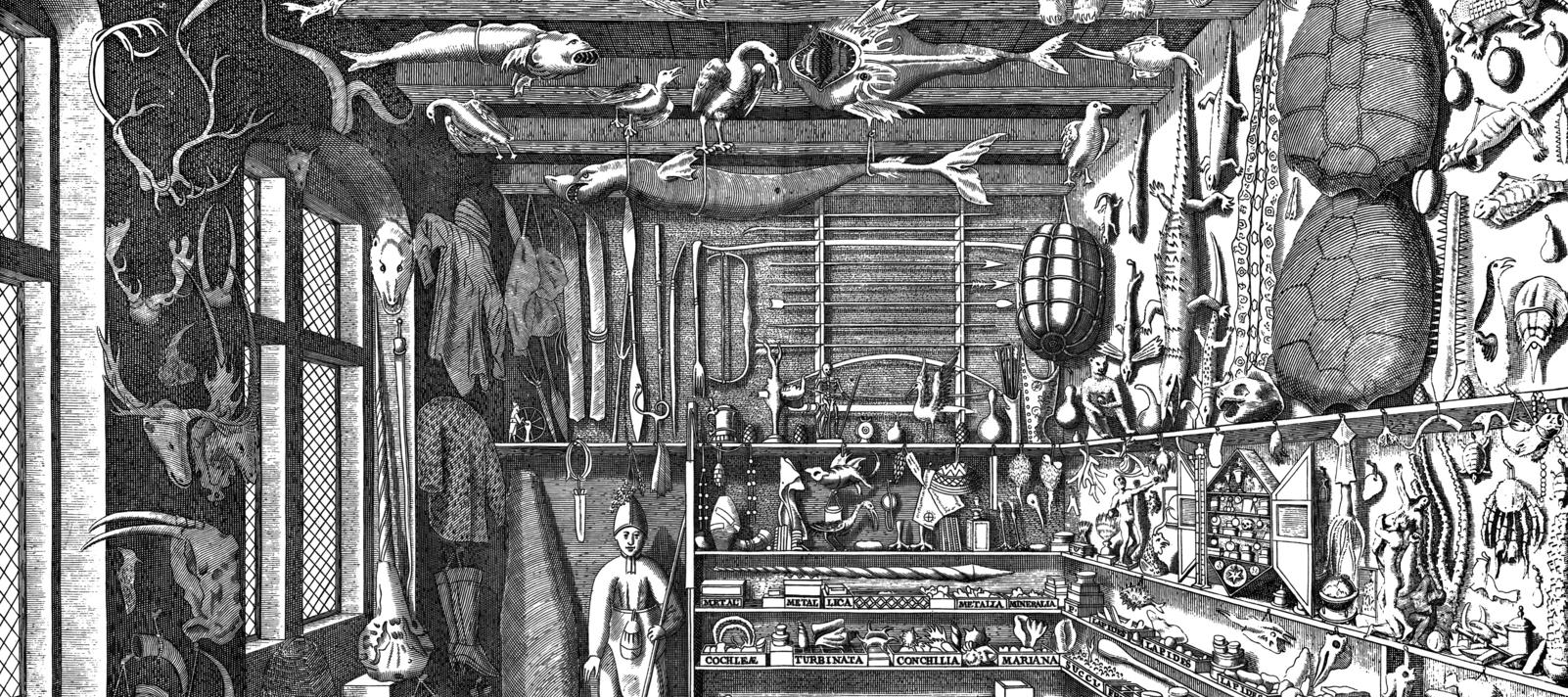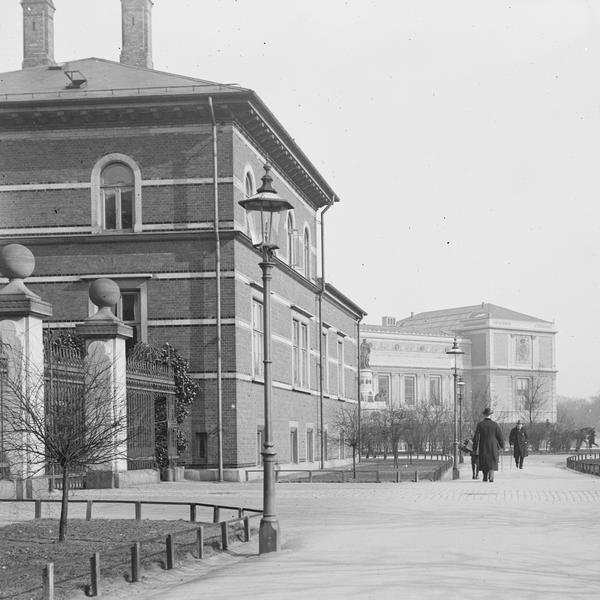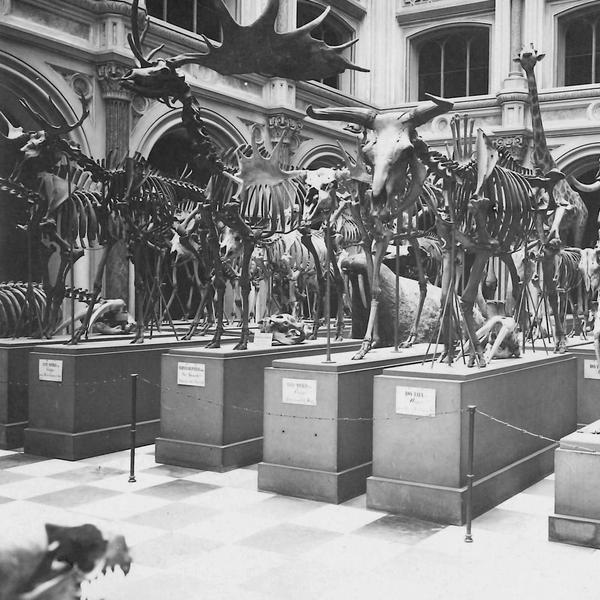
The Museum's History
The museum and its collections trace their roots back to one of the world's oldest museums from the 17th century, the Museum Wormianum, which was the famous collection of natural curiosities and artifacts gathered by the physician Ole Worm from around the world. At that time, only royalty and nobility had the privilege of viewing these beautiful collections.
Today, the museum's collections belong to the people, as it is a state museum tasked with preserving and conveying the 14 million natural history items collected over the past 400 years.
Until 2020, the current visitor address at Øster Voldgade 5-7 in Copenhagen was known as the Geological Museum, but it is now called the Natural History Museum Denmark and showcases exhibitions covering all branches of natural history.
Until October 2022, the museum also included the Zoological Museum in Østerbro. The Zoological Museum is now closed to the public as part of the preparations for the opening of a new large museum building, which in a few years will bring together the entire Natural History Museum Denmark under one roof in the Botanical Garden.
New Museum Building Unites Multiple Museums into One
The Natural History Museum Denmark is organized as an institute under the Faculty of Science at the University of Copenhagen. The museum was formed in 2004 through the merger of the Zoological Museum, the Geological Museum, the Botanical Museum, and the Botanical Garden.
With the construction of the large, new museum building in the Botanical Garden, the museum will consolidate its exhibitions at one address when the building opens to the public in 2026.


